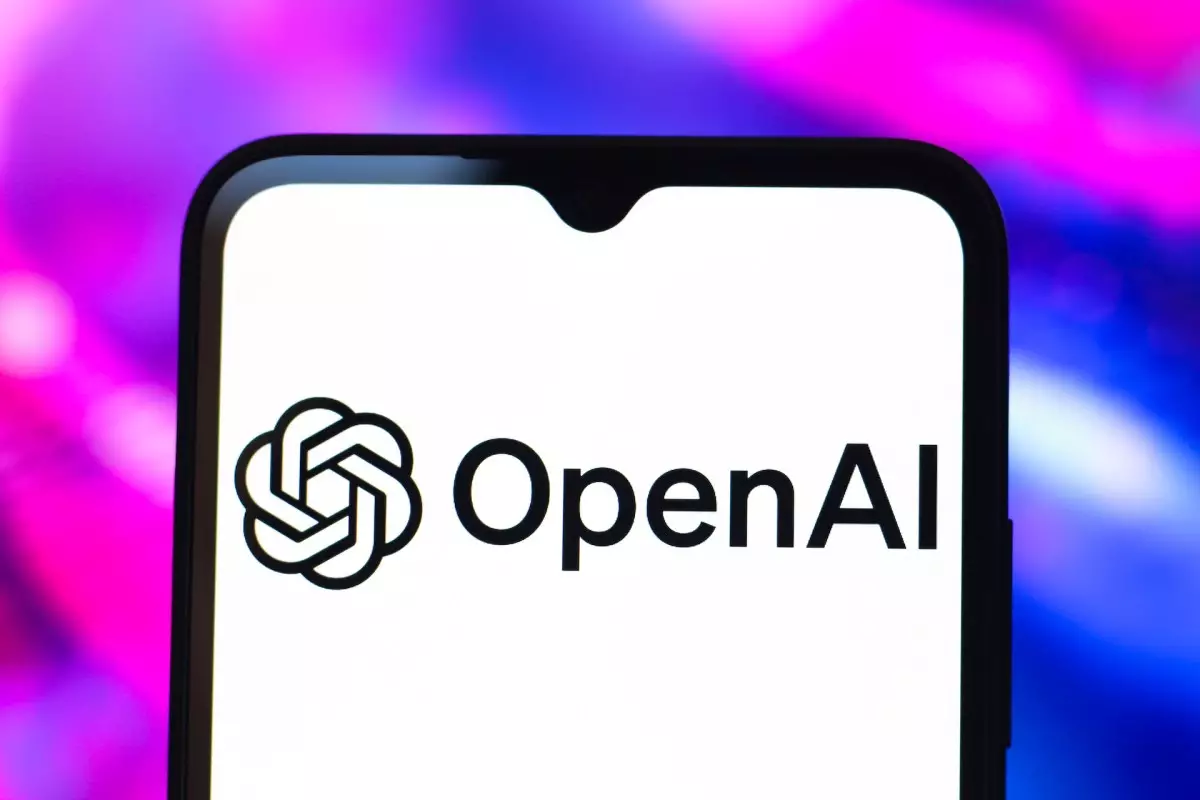In December 2023, OpenAI made waves in the AI community with the announcement of its o3 model, a cutting-edge reasoning engine that allegedly outperformed its competitors by a staggering margin. According to the company, o3 could tackle over 25% of the notoriously difficult FrontierMath problems, a benchmark that had remained a formidable challenge for AI models. The claims were audacious, setting expectations sky-high not only for OpenAI’s latest offering but also for the entire machine learning field. The excitement was palpable as Mark Chen, OpenAI’s chief research officer, emphasized the model’s capabilities during a livestream, directly juxtaposing o3’s performance with competitors that barely scraped 2%.
However, a contrasting narrative began to emerge shortly after the release, leading many to question OpenAI’s transparency. While initial proclamations indicated tremendous success, independent testing results soon cast doubt on the accuracy of OpenAI’s statements. This discrepancy not only raises red flags about the integrity of benchmarking practices in AI but also highlights the need for transparency and open dialogue in an industry that often operates in the shadows.
The Independent Benchmark Tests
Epoch AI, the research institution responsible for developing FrontierMath, conducted its own set of benchmarks post-launch. The results were eye-opening: o3 managed to solve only approximately 10% of problems on FrontierMath, significantly lower than the figures originally touted by OpenAI. This stark difference initiated a flurry of discussion within academic and tech circles, with many scrutinizing the methods and metrics utilized in both OpenAI’s and Epoch’s assessments.
It is essential to note that Epoch acknowledged that their testing conditions might not correspond perfectly with those employed by OpenAI. They suggested that differences in computing power, the specific subsets of problems used for benchmarking, and other variables could account for the wide chasm between both sets of results. Such factors must be closely examined to understand the nuances behind benchmarking in AI, as they can drastically skew perceptions of a model’s efficacy.
Understanding the Disparity
OpenAI responded to the discrepancies with a somewhat conciliatory tone, which only added layers to the ongoing discussion regarding benchmarking standards. Their assertion that the most favorable results stemmed from an internal version of o3, utilizing significantly more computational resources than the publicly available model, prompts critical inquiries into the ethics of benchmarking. If companies present benchmarks that utilize superior versions of their models that are never available to consumers or developers, are they truly reflective of the product released to the market?
The revelation that o3 has different tiers, with varying compute capabilities, further complicates the narrative. Research entities such as ARC Prize Foundation have corroborated that the public release of o3 was aimed at general use rather than the high-performance configurations that initially showcased its capabilities. This inconsistency blurs the line between genuine innovation and strategic marketing, potentially misleading consumers who rely on these benchmarks to make informed choices.
Broader Implications for AI Benchmarking
These events signify a growing trend in the AI industry where benchmarking contests may not always tell the whole story. As vendors scramble for media attention and competitive edge, the integrity of their claims could become compromised, leading to a slippery slope of inflated performance assessments. The field of AI would do well to prioritize transparency and establish clearer guidelines for benchmarking methodologies to avoid future controversies.
The issue extends beyond OpenAI. Companies like Meta and xAI have also faced their own scrutiny over misleading benchmarks, suggesting that this isn’t an isolated incident but part of a disturbing pattern within the industry. The need for independent checks and more standardized processes in AI benchmarking cannot be overstated, as the stakes grow higher with the rapid advancement of technologies.
In the end, OpenAI’s o3 situation serves as a critical lesson for both the company and the AI community at large. It underscores the necessity of not just having innovative models but also fostering trust through transparency, ensuring that benchmarks are true reflections of performance, and that consumers navigate this evolving landscape equipped with accurate information.

